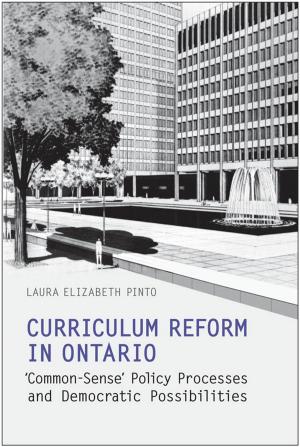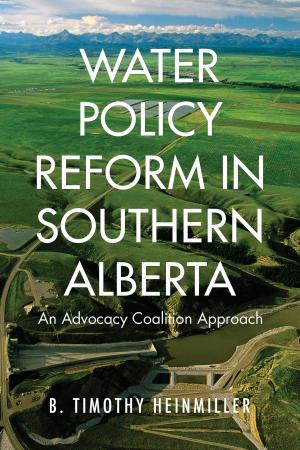| Author: | Lawrence Solomon | ISBN: | 9781442690424 |
| Publisher: | University of Toronto Press, Scholarly Publishing Division | Publication: | May 19, 2007 |
| Imprint: | Language: | English |
| Author: | Lawrence Solomon |
| ISBN: | 9781442690424 |
| Publisher: | University of Toronto Press, Scholarly Publishing Division |
| Publication: | May 19, 2007 |
| Imprint: | |
| Language: | English |
With a landmass of approximately 7000 square kilometres and a population of roughly five million, the Greater Toronto Area is Canada's largest metropolitan centre. How did a small nineteenth-century colonial capital become this sprawling urban giant, and how did government policies shape the contours of its landscape?
In Toronto Sprawls, Lawrence Solomon examines the great migration from farms to the city that occurred in the last half of the nineteenth century. During this period, a disproportionate number of single women came to Toronto while, at the same time, immigration from abroad was swelling the city's urban boundaries. Labour unions were increasingly successful in recruiting urban workers in these years. Governments responded to these perceived threats with a series of policies designed to foster order. To promote single family dwellings conducive to the traditional family, buildings in high-density areas were razed and apartment buildings banned. To discourage returning First World War veterans from settling in cities, the government offered grants to spur rural settlement. These policies and others dispersed the city's population and promoted sprawl.
An illuminating read, Toronto Sprawls makes a convincing case that urban sprawl in Toronto was caused not by market forces, but rather by policies and programs designed to disperse Toronto's urban population.
With a landmass of approximately 7000 square kilometres and a population of roughly five million, the Greater Toronto Area is Canada's largest metropolitan centre. How did a small nineteenth-century colonial capital become this sprawling urban giant, and how did government policies shape the contours of its landscape?
In Toronto Sprawls, Lawrence Solomon examines the great migration from farms to the city that occurred in the last half of the nineteenth century. During this period, a disproportionate number of single women came to Toronto while, at the same time, immigration from abroad was swelling the city's urban boundaries. Labour unions were increasingly successful in recruiting urban workers in these years. Governments responded to these perceived threats with a series of policies designed to foster order. To promote single family dwellings conducive to the traditional family, buildings in high-density areas were razed and apartment buildings banned. To discourage returning First World War veterans from settling in cities, the government offered grants to spur rural settlement. These policies and others dispersed the city's population and promoted sprawl.
An illuminating read, Toronto Sprawls makes a convincing case that urban sprawl in Toronto was caused not by market forces, but rather by policies and programs designed to disperse Toronto's urban population.















